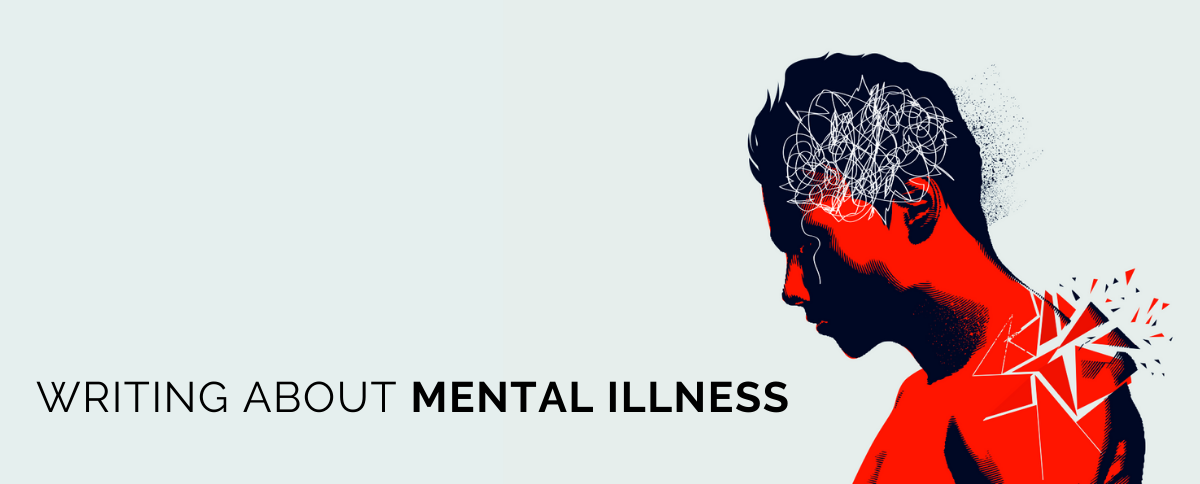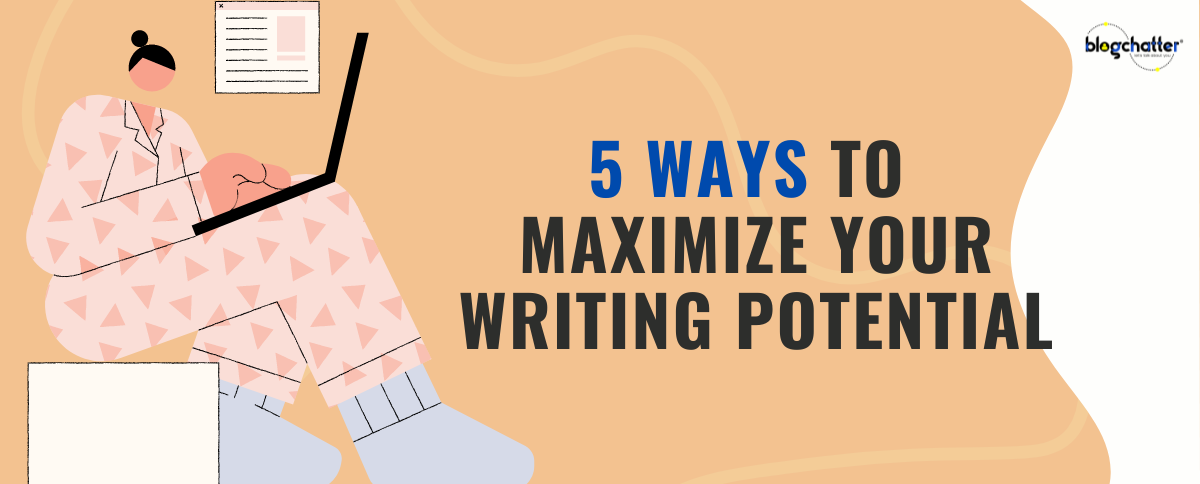Our Twitterati gathered together on June 13 for a serious chat on “Writing about Mental Illness.” Mental illness has been in the news for a lot of reasons. Recently Kate Spade, the fashion designer and then Anthony Bourdain, Celebrity Chef and famous for his mesmerizing production “Parts Unknown” on CNN were sadly in the news. Two different deaths in two different places. The one thing they had in common? They were, rich, celebrated, successful, and had the world at their feet. Why did they kill themselves? What turbulence did they have? There is a lot of focus on these questions today.

Both fiction and non-fiction must be written in different ways. When writing a brochure, an article or blog meant for public distribution or on the internet:
- Concepts and words that are easy to understand. When someone is not well, his/her understanding of words goes down.
- Assume that the reader does not know anything about mental illness and explain the basics in simple language and in detail.
- Be concise, no one wants endless sentences explaining the same thing again and again.
- Write in a way that engages your audience.
- Write accurately. Find a reliable source. Add resources that others can make use of either to help them fight mental illness, gain more information or help someone they know.
- Use headings and bullet points like we did here, to break up content and make it easy to read.
- Choose your words carefully. ‘I feel depressed’ is often thrown around colloquially but rarely means what it is supposed to mean.
A lot of people do have a mental illness and no, it is not something to be ashamed of. We need to discuss and realise that it is out there affecting people we know and love. Introducing such a character in a novel is a great way to start a conversation and to make readers aware of the problems the mentally ill face. It is actually more normal to have a character with mental illness in your book than not, there are so many people out there suffering silently.
Points to remember when writing about characters with mental illness:
- Do your research. Don’t write something which is not true. Your story will be better when you interweave true facts with fiction.
- Be respectful; develop your character so that they are human. Their sickness is not the only thing about them. They have normal, lovable human emotions too.
- When writing in the first person as the character with mental illness, don’t assume the person knows he is not normal. Most people don’t even recognise they have symptoms of a problem. Instead, you could focus on his actions. If you choose to show the person recognises his illness, then go about what could be in their mind accurately.
- There are many types of disorders, recognise and decide which one your character will have. Do research. Your job as a writer is to be authentic and responsible.
The biggest takeaway from the session was the emphasis on research, responsibility and being accurate, whether one is writing fiction or non-fiction. As writers, we have a duty to be respectful and not perpetuate rumours, stereotypes, and stigma when it comes to mental illness.






